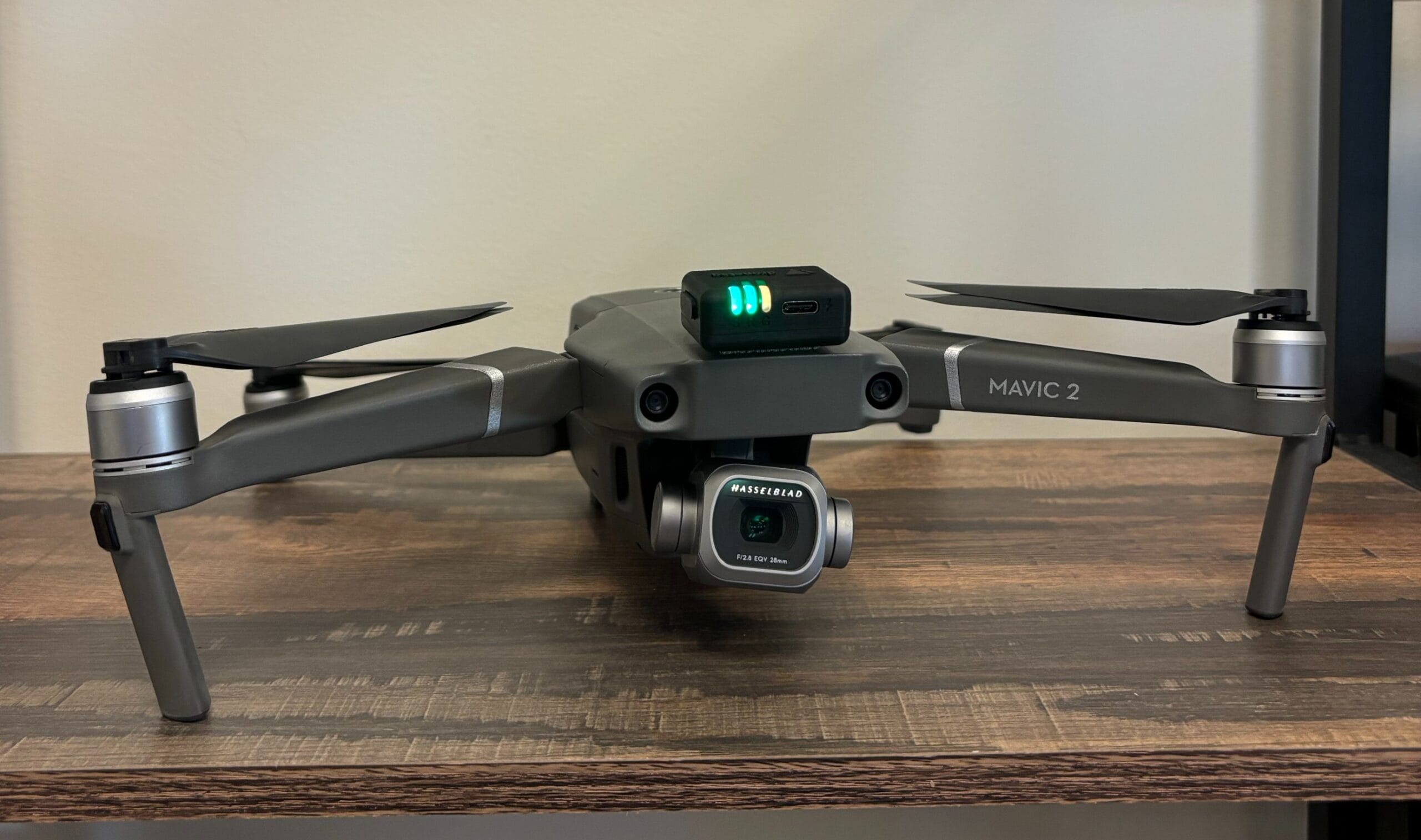Understanding the FAA’s Remote ID Requirement for Drones
The FAA’s Remote ID requirement for drones marks a significant shift in U.S. airspace management. This regulation mandates that all drones operating in U.S. airspace broadcast identification and location information. By doing so, the FAA aims to enhance safety and security, allowing authorities to track drones and ensure they operate within legal parameters. This article will delve into the importance of Remote ID, its impact on drone operators, and how pilots can ensure compliance with this critical regulation.
1. Understanding Remote ID and Its Significance
Envision a scenario where each drone in the sky is identifiable and traceable in real-time. This is the core concept behind the FAA’s Remote ID initiative, which functions like a digital license plate for drones. Remote ID enables drones to transmit identification and location details, accessible to airspace participants such as authorities, pilots, and the public. This system is pivotal in bolstering the safety and security of U.S. airspace.
The FAA has introduced Remote ID to meet the increasing demand for accountability and safety in drone operations. With more drones navigating the skies, it is vital to have a mechanism that aids authorities in monitoring drone activities and ensuring adherence to regulations. Remote ID helps deter unauthorized operations and assists law enforcement in pinpointing drones operating in restricted or hazardous areas.
By broadcasting a drone’s identification and location data, Remote ID allows anyone with suitable equipment to receive this information. This data encompasses the drone’s ID, location, altitude, velocity, and control station location. Providing this transparency, Remote ID sets the stage for advanced drone operations, including beyond visual line of sight (BVLOS) flights and drone deliveries, while upholding airspace safety.
For drone operators, grasping and adhering to Remote ID mandates is essential. Operators have the option to use drones with integrated Remote ID features or retrofit existing drones with a broadcast module. Compliance ensures that drone pilots can continue their activities without incurring penalties or restrictions.
Moving forward, we will delve into the implications of the FAA’s Remote ID rule for drone operators, examining the requirements and consequences of non-compliance. This understanding is critical for both recreational and commercial pilots as they navigate the evolving drone regulation landscape.
2. Impact of FAA’s Remote ID Rule on Drone Operators
With the introduction of the FAA’s Remote ID rule, drone operations in the U.S. are undergoing a transformative phase. This rule mandates that drones broadcast identification and location data, aiming to bolster the safety and security of airspace. So, what implications does this have for both recreational and commercial drone operators?
Initially, drone operators must familiarize themselves with the FAA’s specific stipulations. Drones weighing between 0.55 and 55 pounds fall under the Remote ID rule, affecting both recreational and commercial usage unless operated within an FAA-Recognized Identification Area (FRIA). To facilitate compliance, the deadline was extended to March 16, 2024, allowing operators to integrate the requisite technology into their drones.
Ignoring the Remote ID requirements can lead to severe repercussions, including fines or even suspension of pilot certificates. This highlights the critical need for operators to fully grasp and comply with these new mandates.
Drone operators must adjust to these new standards by retrofitting existing drones with Remote ID modules or acquiring new drones that are compliant. The FAA provides a comprehensive list of approved drones and modules, which serves as a useful guide for operators to ensure their equipment meets these updated standards.
As drone operation norms continue to evolve, staying informed and proactive is essential for compliance. The following section will guide drone pilots through practical steps to align with the Remote ID rule, ensuring a seamless transition and continued safe drone operation in U.S. airspace.
3. Steps for Drone Pilots to Meet Remote ID Requirements
If you’re a drone pilot navigating the complexities of the FAA’s Remote ID requirements, you’re in good company. With these new regulations in place, understanding the steps to ensure your drone operations remain both legal and safe is essential. Let’s delve into how you can effectively meet these requirements.
Begin by checking if your drone is equipped with Standard Remote ID capabilities. Many of the latest drones come with this feature, enabling them to broadcast identification and location details. If your drone doesn’t have this capability, consider updating its firmware or investing in a compliant model. For older drones, adding a Remote ID broadcast module is a practical solution. These modules are crafted to retrofit drones, helping them align with FAA mandates.
After equipping your drone with Remote ID, registration is the next critical step. Head to the FAA’s official website to register your drone. During registration, you’ll need to provide the Remote ID serial number, which may differ from the drone’s serial number. This number is usually found in the drone’s app, on its body, or in the user manual.
Moreover, verifying your drone’s compliance status is crucial. Comprehensive guides from resources like UAV Coach can assist in ensuring your drone adheres to all necessary standards. These resources can help you navigate compliance complexities, from understanding the requirements to selecting the appropriate equipment.
For a comprehensive solution, consider Professional Drone Solutions, a full-service FAA-compliant provider offering progress photography, inspections, HOA compliance software, and more. Explore our services to streamline compliance and elevate your drone operations.
By following these steps, drone pilots can confidently incorporate Remote ID into their operations, ensuring compliance with FAA regulations. Staying informed and proactive is key to avoiding potential fines or operational restrictions.
Key Takeaways on Compliance
In summary, the FAA’s Remote ID requirement is pivotal for enhancing airspace safety and security. Understanding what Remote ID is and its necessity sets the foundation for compliance. Drone operators must navigate the new regulations, ensuring their equipment meets the standards, either through built-in capabilities or add-on modules. By following the outlined steps and utilizing available resources, drone pilots can smoothly transition into compliance, safeguarding both their operations and the broader airspace.




